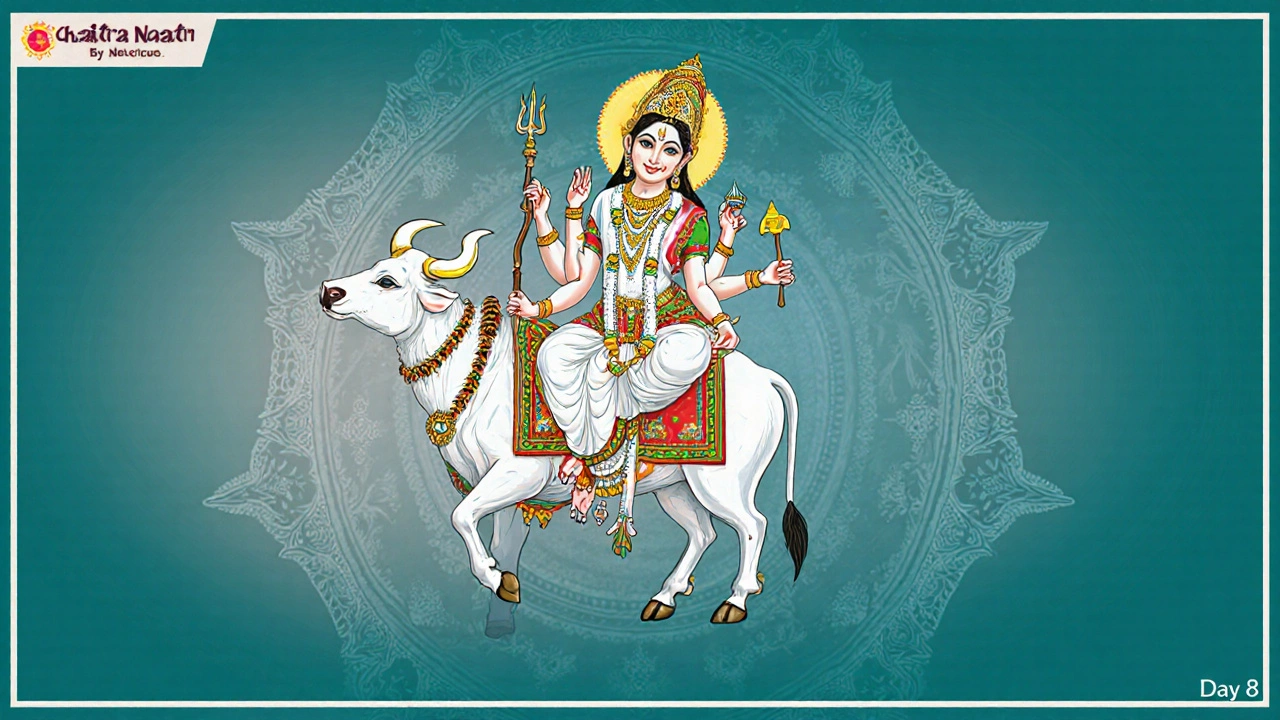Religion and Festivals in India – Your Go‑to Guide
India lives on its festivals. Every month brings at least one celebration that mixes prayer, music, food and family. Whether you are looking for a quick way to join a local ceremony or want to understand the deeper meaning, this page gives you the basics you need.
From the bright colors of Holi to the quiet lamps of Diwali, each festival tells a story about the country’s many cultures. The calendar is packed, so you never run out of reasons to gather with friends, dress up, and try new dishes. Below you’ll find easy tips that work whether you are in a big city or a small village.
Why festivals matter
Festivals are more than just parties. They mark important events in myth, history, and the seasons. For example, Navratri celebrates the nine forms of Goddess Durga, while Dussehra remembers the victory of good over evil. These stories give people a sense of belonging and help pass values from one generation to the next.
Because everyone participates—young, old, Hindu, Muslim, Christian, Sikh—festivals act as a social glue. Neighbors share sweets, strangers become friends, and townspeople work together to set up decorations. The shared experience creates trust and makes daily life smoother.
How to celebrate like a local
First, watch the colors. In Navratri each day has a designated hue that matches a goddess. Wearing the right color shows respect and adds fun to the ritual. You don’t need an expensive outfit; a simple shirt or scarf in the correct shade does the trick.
Second, try the food. Every festival has a signature dish—sweet ladoos for Dussehra, savory samosas for Ramadan, or rice-based sweets for Diwali. Buying from a local stall guarantees authentic flavor and supports small businesses.
Third, learn a few words of the prayer or chant. Even a short “Om” or “Jai Mata Di” spoken with sincerity earns smiles from locals. You can find recordings online or ask a friend to teach you the basics.
Navratri 2025, for instance, runs from September 22 to October 1. Day 1 honors Goddess Shailaputri and calls for the color red. Day 2 switches to orange for Brahmacharini, and so on until Day 9, which features white for Goddess Kalaratri. On the final night, people gather for Garba dance, light lamps, and share sweets.
Dussehra follows on October 2. The highlight is the burning of a giant Ravana effigy. Watching the fire, hearing drums, and cheering with crowds gives a real feel of triumph. Many towns also host street fairs with rides and local crafts.
Diwali, the festival of lights, falls a few weeks later. Light a small oil lamp (diya) in front of your door, clean your home, and exchange sweets with neighbors. Try making simple rangoli patterns with colored powder; even a basic design looks impressive.
Other festivals deserve a mention. Holi (the color splash) is perfect for letting loose with friends—just protect your eyes and wear white. Eid brings community prayers and generous feasts, while Christmas is celebrated with decorations, carols, and gingerbread.
No matter which celebration you join, the key is to respect the customs and enjoy the moment. Ask questions, smile, and keep an open mind. By taking part, you not only learn about Indian culture but also become part of a living tradition that binds millions together.
